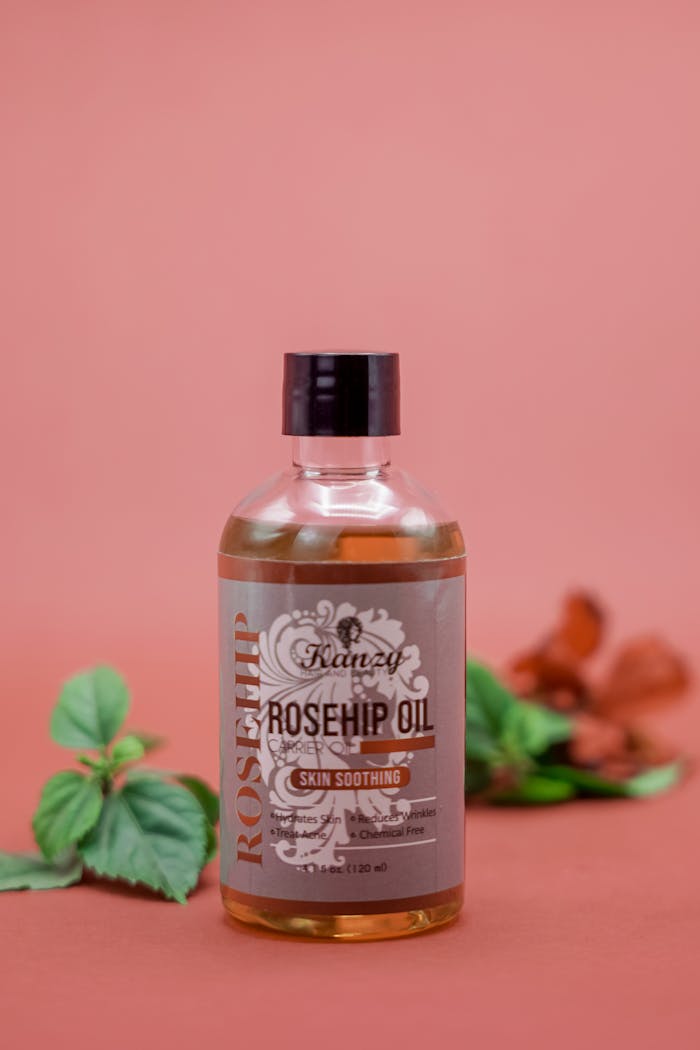When someone looks at a tiny white homeopathic globule, it’s easy to mistake it for a sugar pill or even question its medicinal value. But those who truly understand homeopathy know: what you see is not the medicine — it’s the carrier. The actual homeopathic medicine is an invisible, potent energetic imprint, carefully prepared and delivered through these small, inert mediums.
Understanding the Misconception
In conventional medicine, we’re used to identifying drugs as visible substances — tablets, capsules, syrups — with active ingredients measured in milligrams. This “bulk chemical” mindset leads many to question how a small, sweet-tasting globule could possibly carry medicinal value.
The confusion arises because the medicine in homeopathy is not the sugar pellet itself — it’s the dynamic energy infused into it through a scientifically regulated process called potentization. This involves serial dilution and vigorous shaking (succussion) to extract and amplify the vital essence of the original substance, whether plant, mineral, or animal in origin.
The Role of Carriers in Homeopathy
Every medicine needs a delivery medium — something that safely transports the medicinal properties without altering them. In homeopathy, we use inert carriers like:
- Lactose globules (milk sugar, often from goat’s milk, purified to 99% pharmaceutical grade)
- Alcohol and distilled water for liquid doses
- Sugar crystals or pellets, depending on the potency and dosage
- Triturations — powdered forms prepared through mechanical grinding with lactose
These substances are not medicinal themselves. They simply serve as vehicles for the potentized energy. For example, a single drop of the potentized medicine in alcohol can be used to medicate multiple pellets — the active ingredient is present in the energy carried by that drop, not in visible form.
Yes, It’s Real Medicine — Not Placebo
Contrary to some skeptical views, homeopathy is not “just sugar.” It’s a highly regulated system of medicine recognized by governments and health bodies across the world. Homeopathic pharmacies operate under Good Manufacturing Practices (GMP) and strict quality control to ensure that each remedy is safely prepared, preserved, and delivered.
In fact, not all homeopathic medicines taste sweet — mother tinctures (used in low potencies or raw form) often taste bitter or acidic due to their alcohol base. Similarly, liquid preparations may have no sweetness at all.
The sweetness some associate with homeopathy is intentional — especially helpful in pediatric care, where children are more open to taking medicines that are pleasant-tasting.
An Energetic Approach to Healing
Homeopathy works at the energetic and vibrational level, addressing not just symptoms but the individual as a whole. It is holistic in the truest sense, considering the physical, mental, and emotional spheres of health.
This subtle, energetic medicine is why homeopathy is effective even when the “dose” appears physically negligible. The principle is not about quantity, but quality and resonance.

